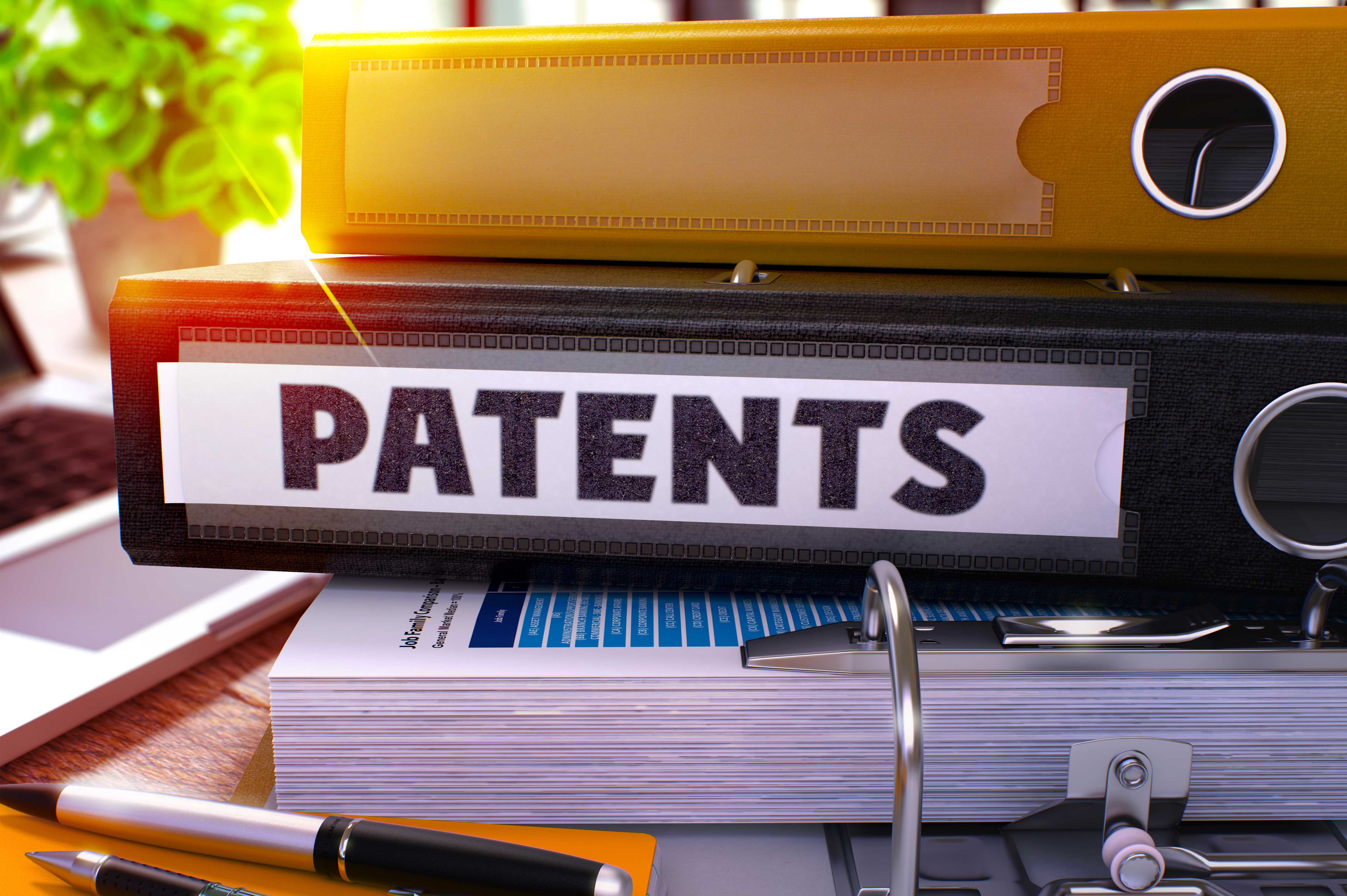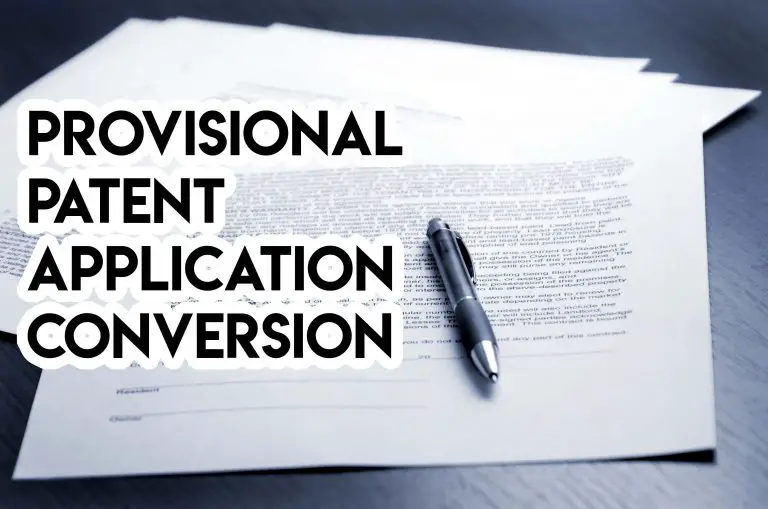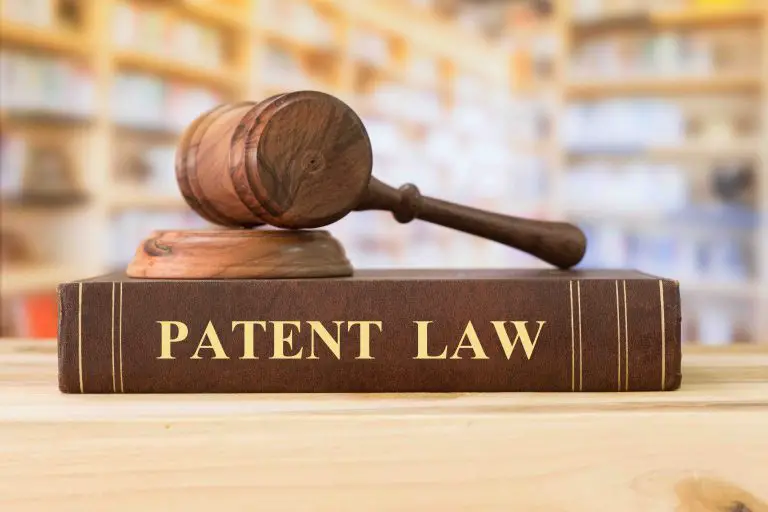Utility Patent vs Design Patent
If you’re an inventor and you have an invention or design that you want to protect you might be wondering what the difference is between a utility patent and a design patent. Utility patents and design patents protect different types of intellectual property. Determining whether you need a utility patent vs a design patent is one of the most important decisions an inventor has to make to protect his intellectual property.
Utility patents are the most commonly applied for patents, making up 93.6% of all patent applications at the USPTO. So what’s the difference between a utility patent vs design patent? Read below to find out.
Determining what type of patent you need, as well as how and when to file the patent application are important things an inventor must consider because they will impact the success or failure of their patent application. That said, here are the differences between a utility patent and a design patent.
Utility Patent vs Design Patent
We will now list some of the differences between a utility patent and a design patent.
Utility patents protect how inventions, machines, processes, and software work and how they’re used. Design patents, on the other hand, protect the appearance and ornamental characteristics that are applied to an article of manufacture (object).
The main distinction between utility and design patents is that utility patents protect how an invention works and design patents protect how an invention looks.
Intellectual Property
Both a utility patent and a design patent are used to protect the intellectual property rights of an individual with a patent. Patents grant inventors a monopoly over their inventions for a limited period of time, usually 20 years for utility patent and 15 years for design patents.
Type of Protection
Utility patents are used to protect the functional aspects of an invention and how the invention works. Utility patents are used to protect machines, processes, or any improvements of them. Design patents, on the other hand are used to protect the appearance and ornamental characteristics of an article of manufacture (object).
Design patents only protect the appearance of an invention, so competitors can often invent around the design, creating a similar product that looks different.
That said, utility patents are more difficult to design around because they protect the function of the invention. So, although a copycat may introduce a product that looks different from the patented product but works the same way, they can still infringe upon your patent.
Here are some examples of what design patents protect: the shape of a laptop computer, phone, or flower vase. Utility patents protect things like software, microchips, smart phones, and nail clippers.
Length of Protection (Patent Term)
Utility patents last for 20 years from the date an inventor or applicant files their utility patent application with the USPTO, design patents are in different in that they last for 15 years from the date the USPTO grants the design patent application.
Both utility patents and design patents allow the inventor or applicant to restrict others from using, making, selling, and profiting from their protected invention or design for a limited period of time.
During this time, the patent holders are the only ones who are allowed to make and sell the patented invention or design. Patent holders can also sell the patents or license them for use by others.
Please note that although utility patent last longer than design patents, inventors will have to pay utility patent maintenance fees at 3.5 years, 7.5 years, and 11.5 years. That said, for design patents, inventors are not required to pay any maintenance fees.
Cost
When it comes to cost, design patents are much cheaper to to obtain than utility patents. Utility patents are typically more complicated and require more work to prepare and complete.
For utility patents, attorneys typically charge between $5,000 and $15,000+, depending on the complexity of the invention or process an inventor is seeking to protect. For design patents, attorneys typically charge between $2,500 to $3,500, depending on the design an inventor is seeking to protect.
Design patents often cost a fraction of what utility patent cost because utility patents can easily end up costing $10,000+. This is so because attorneys require a lot of time to prepare and draft utility patent application, and they may also have to deal with any rejections from the patent office. This all costs time and money.
Pendency
Now that we’ve covered cost, let’s look at which type of patent can you get quicker, a utility patent or design patent. According to stats from the USPTO, utility patent applications take on average 24.2 months to either get approved or denied by the USPTO. Design patents typically take 20.4 months to either get approved or denied by the USPTO, so design patents are often quicker to get from the patent office.
Probability of Rejection
Design patents have a much lower initial rejection rate than utility patents. In fact, many design patent application receive first action allowance. This is so because design patents are much more straightforward and visual, making it easier to examine than utility patents.
Utility patents often have numerous, broader claims, raising the probability that a patent examiner may reject the application on the grounds that similar prior art exists, the invention is not novel, or the invention is obvious.
How to Get a Utility Patent vs How to Get a Design Patent?
To get a utility patent, inventors have to apply using either a nonprovisional (regular) patent application or a provisional patent application. Inventors applying for utility patents can make several claims for their invention in the patent application.
Often times, inventors choose to file a provisional patent application in place of a nonprovisional patent application because provisional patents are much more simple to file and much cheaper, especially if inventors prepare them themselves. Provisional patent applications give inventors a priority date while allowing them to continue working on their invention and looking for investors to invest in their invention.
To get a design patent, inventors of new designs are required to apply using a design patent application. Unlike utility patents where inventors can use a provisional utility patent application, inventors don’t have the option of filing a provisional design patent application, instead they must apply using a regular design patent application.
With utility patent applications, inventors can make several claims about their invention, design patent applications only allow inventors to make (claim) one new and unique design per application. If applicants for a design patent claim more than one design in their application, the patent office may reject the application.
Design patents are particularly important if your design provides your product with a competitive edge. Said differently, if your customers would be satisfied with a competitor’s products that has an appearance that’s different than yours, it’s probably not worth your time and money to patent your design. However, if the appearance of your product is something that draws consumers to your product, obtaining a design patent is extremely import for you to maintain your competitive edge.
Filing Both a Utility Patent Application and a Design Patent Application
If you have an invention that’s both unique in its function and appearance, you might want to consider filing both a utility patent application to protect the functional aspects of the invention and a design patent application to protect the appearance of the invention.
Inventors want the best protection possible for their invention, having overlapping utility patent and design patent protection makes your invention or product much more valuable. Design patents have gained importance in recent times, so it’s worth spending the extra money to protect the unique appearance of your invention.
Take Apple for example, Apple sued Samsung for infringing upon its design patent for the original iPhone, the jury awarded Apple $359 Million in the Apple vs. Samsung Patent Case. Here is the design that Samsung infringed upon.

This goes to show the importance of protecting your intellectual property with not only a utility patent, but also a design patent. Protecting your IP with a design patent and offering good drawings that clearly illustrate your design makes it easier for you to show infringement if a third party copies your IP.
Benefits of Utility Patents
- They protect the functional aspects of your invention
- They offer broad intellectual property protection, making it difficult for a competitor to copy your invention without infringing upon it
- They are capable of protecting several functional aspects of your invention, using only a single utility patent application
Disadvantages of Utility Patents
- Utility patents are more difficult to get than design patents because the claims are broader and more numerous
- They are more costly to prepare and file than design patents
- Probability of rejection is higher for utility patents than design patents
- They take longer to get than design patents
Benefits of Design Patents
- They protect the appearance of your invention or product
- They are much cheaper to obtain than utility patents
- They take much less time to obtain than utility patents
- Higher allowance rate than utility patents
Disadvantages of Design Patents
- They only protect the specific design you patent, making it easier for others to patent around your design, i.e., make a similar but different design than the one you’ve patented.
- Design patents are narrower in scope than utility patents
- Offer less profit potential than utility patents, making utility patents more valuable
Conclusion
So, if you’re in a situation where your invention not only has a unique function, but also a unique appearance, you should consider filing both a utility patent application and a design patent application. We do not recommend that you file both applications on your own, it’s a somewhat complicated situation that requires the help of an experienced patent attorney.
If you choose to file both applications with the USPTO, you will enjoy patent pending status while the patent office examines and approves your design and utility patent application.
Are There Other Types of Patents Besides Utility Patents and Design Patents?
The USPTO offers three distinct types of patents. Among them are utility patents, design patents, and plant patents. So, there is a third different type of patent, known as a plant patent.
Plant patents protect new, asexually reproduces species of plant. To be able to get a plant patent, an inventor must show that the plant to be patented must have been asexually reproduced. Asexual reproduction means that the plants were reproduced by means other than by seeds, such as budding, grafting, or layering.
It’s important to note that not all countries offer plant patents, fortunately the U.S does to any person that invents or discovers a new, asexually reproduced plant.
Which is Harder to Get Design Patent or Utility Patent?
Utility Patent
Utility patents are harder to get than design patents because preparing the application requires a lot of research, organization, and writing. According to the USPTO, the applicant must provide the following for a utility patent application:
- Background of the Invention
The background for the invention must include the field to which the invention relates to, as well as the subject matter of the claimed invention. - Brief Summary for the the Invention
This section should include the general idea of the invention, as well as well as the problems with prior art that your invention solves. - Drawings of the Inventions
All utility patent applications are required to contain drawings if they are necessary to understand the subject matter of the invention. Almost all utility patent applications contain drawings. The drawings must must show every feature of the invention as the applicant specified them in the claims. Make sure the drawings are included at the time you file your patent application because the patent office prohibits adding new photos to an application after the application has been filed. This restrict was put into place to prohibit applicants from adding new matters to the application. - Detailed Description of the Invention
The detailed description of the invention must explain the process involved in making the invention, as well as how to use the invention. The applicant must use language that is clear and concise and must explain how the invention is different from what has already been patented. The description should be good enough so that “a person of ordinary skill in the pertinent art, science, or area could make and use the invention without extensive experimentation.” - Claims for the Invention
As part of a utility patent application, inventors must distinctly point out and claim the subject matter of the invention. The claims made in your application will define the scope of protection for your invention. Each patent application must include at least one claim and if you’re including several claims, you must number them consecutively. - Abstract of the Disclosure
The abstract is designed to enable both the public and the USPTO to quickly understand what the invention is about. The abstract should point out what’s new in your invention and is limited to a single paragraph. Abstracts should no be longer than 150 words. - Oath or Declaration
Once you’ve completed your utility patent application, you must make an oath (statement) that the inventor believes he is the original inventor and that the utility patent application was made or authorized by him.
Design Patent
Design Patents are easier to get than utility patents and now we’ll explain some of the requirements you need to have for design patents:
- Preamble
Applicants for design patents have the option of include a preamble that states the name of the applicant, the title of the design and a brief description of the design to be patented. - Title
The title of the design must describe the article to which the design is attached. This is to help the patent examiner perform his search of prior art. - Figure Descriptions
Each drawing or figure of the design must be accompanied by a brief description that indicates the view represented by the drawing, for example: top, right side, left side, bottom, etc. - A Single Claim
Design patent applications are only permitted to make 1 claim, said differently, they can only claim one design. The claim defines what the applicant wants to patent. - Drawings
For design patent application, the drawings disclosure is the most important element of the application. Every application must include either a drawing or black and white photo of the design you’re seeking to patent. Make sure that that the drawing is clear and complete because it will determine the scope of protection for your patent. - Oath or Declaration
Once you’ve completed your design patent application, you must make an oat that you believe you are the original inventor and that the design patent application was made or authorized by you.
Conclusion
As you can tell by the amount of detail that is required to get a utility patent vs getting a design patent, design patents are much easier to get. The design patent application requires considerably less detail than utility patent application.
Who Qualifies for a Utility Patent vs Design Patent
As we previously mentioned, utility patents are the most common type of sought-after patent, making up more than 93% of all applied for patent in 2015. To qualify for a utility patent, an applicant must invent a new and useful process, machine, article of manufacture, or an improvement thereof.
If an applicant is successful in making this showing, he will be awarded with a utility patent that protects the invention for 20 years from the filing date of his utility patent application. Just remember that if you obtain a patent from the USPTO, you’re invention is only protected in the United States. To protect your invention abroad, you must file a patent application in every country you want to be protected in.
To qualify for a design patent, you must have a design that is both new and unique. As mentioned previously, a design patent will only protect the ornamental appearance of the object to which it is attached. A design patent will be limited to what is explicitly depicted in the drawings that are included in the design patent application.
Some products or inventions can qualify for both a utility patent and a design patent. So, if you want to protect your product, consider whether it qualifies for both a utility and design patent. Of course, the design patent will protect the appearance of your product and the utility patent will protect the functional features of your product.
What Happens When Someone Infringes Upon a Utility Patent vs a Design Patent?
If you have a utility patent or design patent that is patent pending, you cannot sue anyone for patent infringement until the USPTO grants your utility or design patent.
Once the patent offices issues or grants your patent, you can enforce your rights under the patent by hiring an attorney to sue any party that infringes upon your patent. You can then sue the party that was infringing upon your patent for infringement that they committed starting from the date you filed your patent application.
That said, the USPTO will not enforce your patent by suing third parties on your behalf. The patent office only grants you your patent, you have to do the rest and enforce your patent by hiring an attorney and bearing the expenses associated with enforcing your rights under the patent.
Design Patent vs Utility Patent
This article explained the differences between design patent and utility patent. We covered the differences between obtaining the two, the length of protection offered by the two types of patents, as well as how easy it is to get a utility patent vs a design patent. If you have any general questions or comments, please feel free to leave them in the comments section below.







